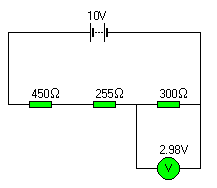Answers Answers
to Potential Difference Questions
A1. The 'slope' has doubled in steepness, so the charges will flow more rapidly - the current will double: 0.50 A
A2. If the current flowing is only a third of that before... the 'slope' must also only be a third of the value: 1V
A1. First we have to find out how many ohms have to share out the 'potential drop' (the voltage).
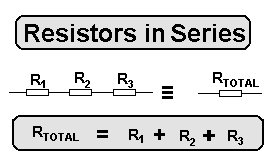
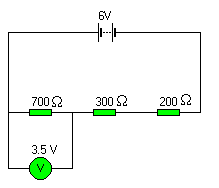
A2. 5 V is shared by 2000 Ω. Therefore each 100 Ω gets 0.25 V and the 700 Ω gets 1.75 V 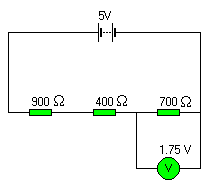
A3. This question is at GCSE high attainment level or AS level..... so don't worry about it at KS3! The first step is to convert the parallel arrangements into single resistors. Those that are the same as each other are easy and can be done by inspection: 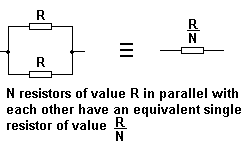 so we have
so we have 
The dissimilar ones have to be tackled using the equation for resistors in parallel
 so
we have so
we have 
This gives us a newly drawn circuit in a form in which we can share potential drop easily
10 V is shared by 1005 Ω. Therefore each 1W gets 0.00995 V and the 300 Ω gets 2.98 V (which you would round off to 3.0 V as the values are to 2 significant figures.
The 'Croc Clips' program allows us to test this......
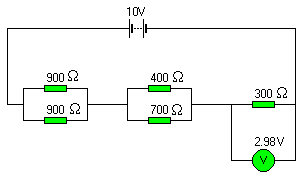
|
Follow me...
|


